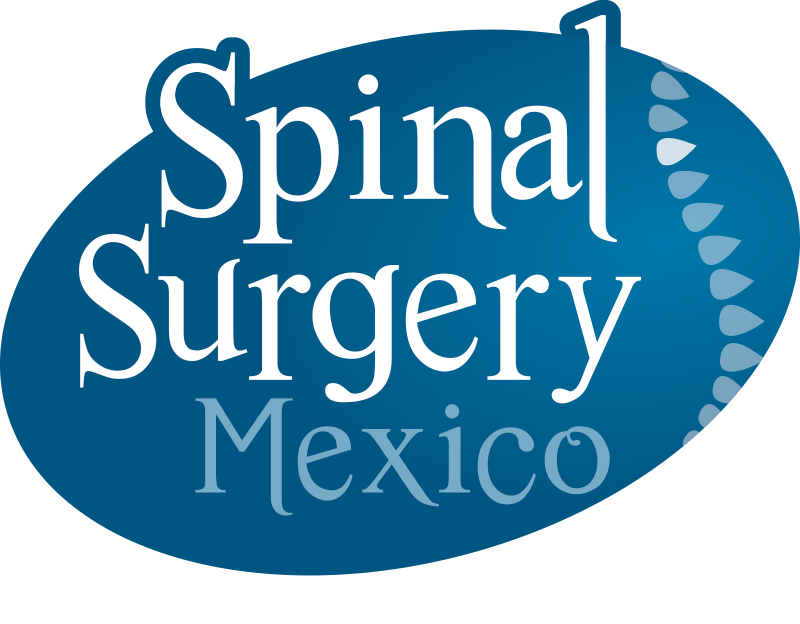
For many decades spinal fusion was the only option for patients with this condition, however, spinal fusion creates increased wear and tear in the adjacent areas of the fused spine. Spinal fusion is effective and safe, but always compromises the dynamics and biomechanics of the human spine. This means that the long term flexibility and mobility of the patient may be compromised.
Following more than ten years of development, artificial discs have been improved to such an extent, that they are now considered an effective and safe treatment option for spinal disc degeneration.
Normally patients qualifying for artificial disc replacement will have been suffering from pain for more than six months. From a diagnostic MRI scan they will show clear signs of spinal disc degeneration. The neurosurgeon will, however, be very careful to confirm that the true cause of the pain is disc degeneration.
Many cases of spinal disc degeneration are actually pain-free. Only persistent pain caused by spinal disc degeneration backs up the decision for surgical intervention. This means that if a patient requests an artificial disc replacement, the spine specialist will need to establish a thorough and complete medical history.
For artificial disc replacement to be successful, the true cause of the pain has to be accurately established.
Artificial disc replacement will be considered if the pain can not be relieved by non-surgical treatment such as physiotherapy.
In these cases, artificial disc replacement surgery must not be performed.
This surgery is performed with a surgical microscope, so we do microsurgery in order to have better light and vision of the operative field and take good care of all the neural tissue.
The first step is to remove the diseased disc from between the vertebral bodies.
Next, the end surfaces of these vertebral bodies are cleaned to make them ready for fitting the prosthesis. The vertebral bodies are also eased apart slightly to relieve the pressure on the pinched nerve and make space for the prosthesis.
As the spine is returned to normal posture, this seats the endplates into the vertebral bones and holds the prosthesis in place.
During surgery, the position of the prosthesis is carefully checked by the surgeon, visually and with x-rays.
Generally, after spinal disc replacement, there are no serious limitations on activity. Usually, on the day of surgery, unaided walking is possible and encouraged. The hospital stay following a disc prosthesis operation is 24 to 48 hours.
After the absence of complications, the patient will be discharged from hospital.